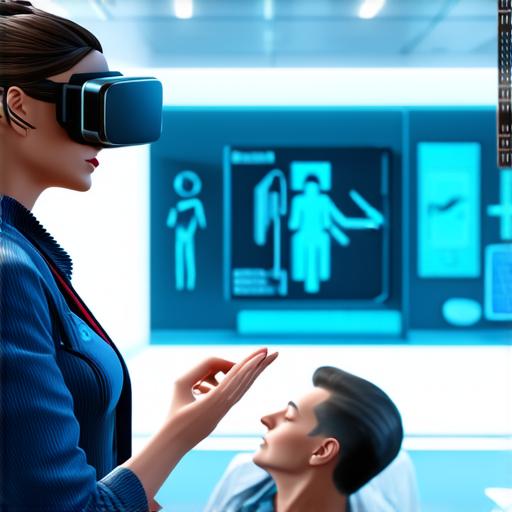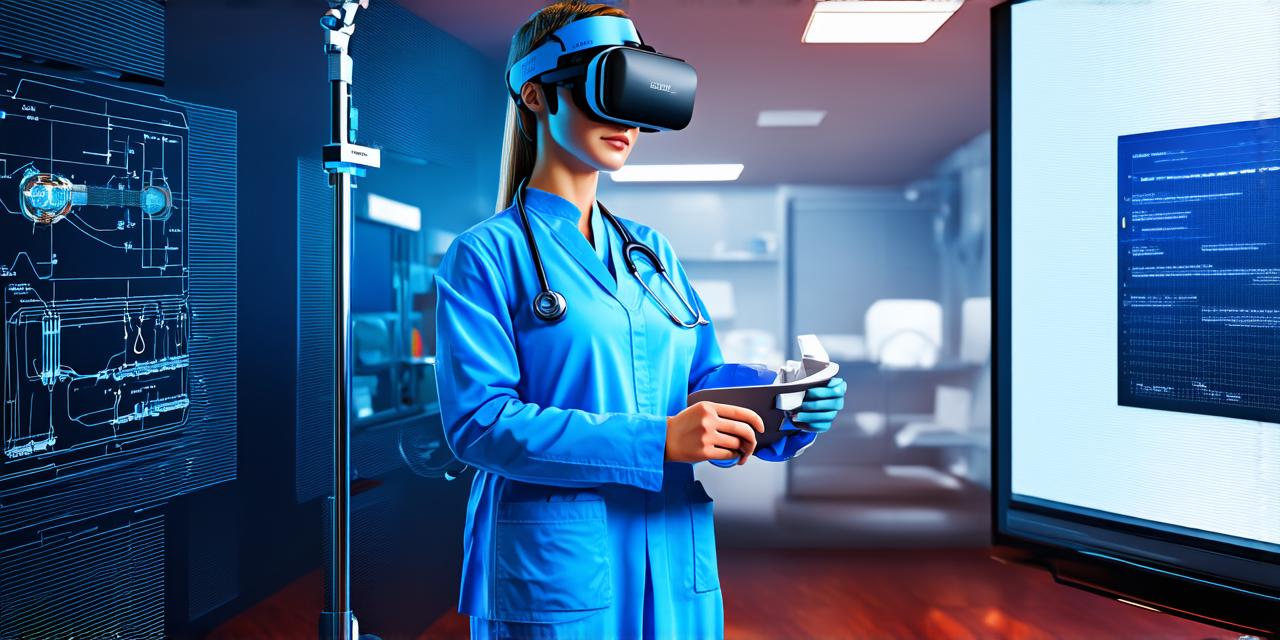Virtual Reality (VR) is a rapidly growing technology that has the potential to revolutionize various industries, including healthcare.
In recent years, VR has been used in a variety of healthcare applications, from medical training and simulation to patient treatment and rehabilitation.

One of the main ways VR is transforming healthcare is through medical training and simulation. VR allows healthcare professionals to practice surgical procedures and other medical techniques in a safe and controlled environment. This can help reduce the risk of errors during actual procedures, as well as provide an opportunity for professionals to develop their skills in a low-pressure setting.
In addition to medical training, VR is also being used for patient treatment and rehabilitation. For example, VR can be used to create immersive environments that simulate real-life situations, which can help patients overcome phobias or anxiety disorders. VR can also be used to provide physical therapy for patients with conditions such as stroke or spinal cord injury, by creating realistic simulations of everyday activities that require movement and coordination.
Another way VR is transforming healthcare is through remote care and telemedicine. With the ability to remotely connect with patients using VR headsets, doctors can provide consultations and treatments from anywhere in the world. This can help improve access to healthcare for people living in remote or underserved areas, as well as reduce the cost of healthcare by eliminating the need for patients to travel long distances for treatment.
Overall, the use of VR in healthcare has the potential to greatly improve patient outcomes and reduce costs. As the technology continues to evolve, it will likely become an increasingly important tool in the healthcare sector.
